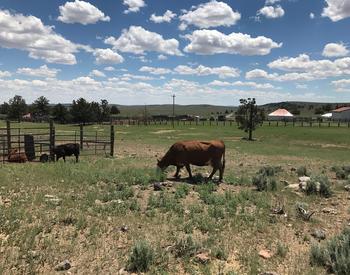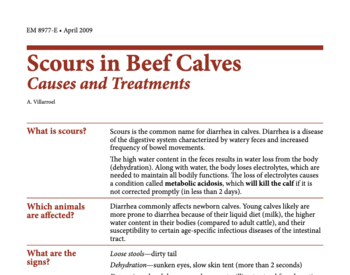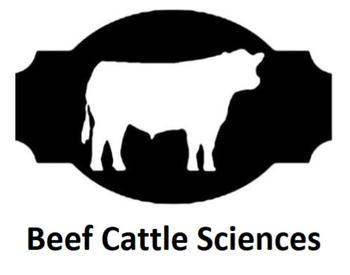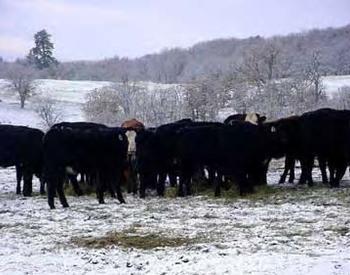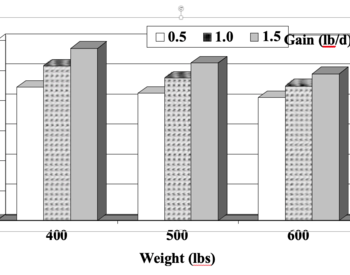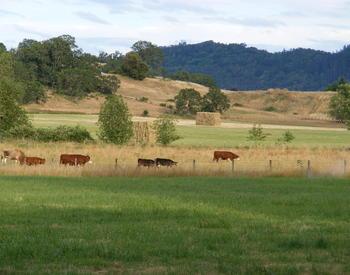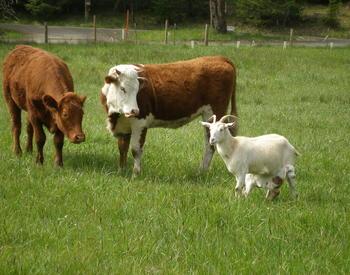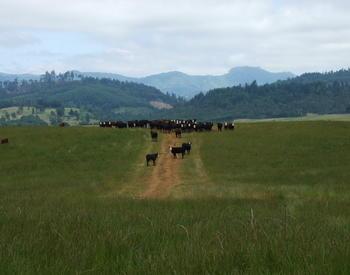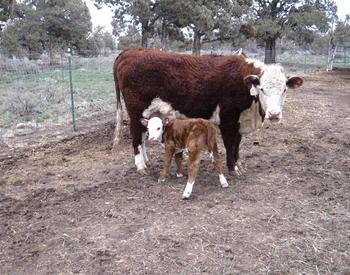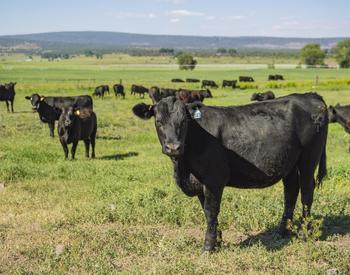Introduction
[MUSIC PLAYING]
Good afternoon.
My name is Sergio Arispe with the Oregon State University
Extension Service.
Water is the most abundant nutrient in beef cattle.
Despite this fact, water is the most overlooked nutrient
to the detriment of animal health and performance,
and ultimately the economic viability of operations.
Water requirements
Assessing beef cattle water requirements
is challenging because the amounts can change based
on multiple factors, including ambient temperature, stage
of production, and body weight.
Beef cattle water requirements can
double when comparing cool temperatures
with warmer temperatures.
Likewise, lactating cows can have higher water requirements
compared to animals in other stages of production
because milk is approximately 90% water.
And feeder cattle can require more water
compared to cattle on pasture because
of their accelerated growth on high energy feeds.
Beef cattle require unrestricted access to good quality water.
And that can depend on water management and by season.
You can use these parameters to determine whether or not
the water quality in your area is
adequate for your beef cattle.
pH is a measure of the acidity or alkalinity in the water.
The acceptable range for water consumed by beef cattle
is between 6 and 8.5.
Water consumption at pH levels outside this range
may reduce growth and productivity.
Salinity refers to the amount of salts contained in water.
And levels exceeding a healthy range
can also reduce feed intake and weight gains.
Good quality water for beef cattle
will have total dissolvable solids
below 2000 parts per million.
Nitrates
Sulfates are commonly found in forages, feeds, and water
throughout the Western US.
To avoid problems with sulfates, keep the levels
to less than 500 parts per million for calves
and 1,000 parts per million for adult cattle.
Finally, there are nitrates.
The highest levels in water typically
occur during drought conditions when water level in ponds
decline.
Generally nitrate levels in water
should not exceed 200 parts per million
because it could induce nitrate toxicity,
especially if cattle are also consuming diets high
in nitrates.
Conclusion
Optimal herd health and performance
really depends on a good supply of water.
In order to assess water nutrition and water quality,
you can follow these guidelines in order to remain profitable.
If you have any questions, feel free to visit
your local extension office.
[MUSIC PLAYING]
